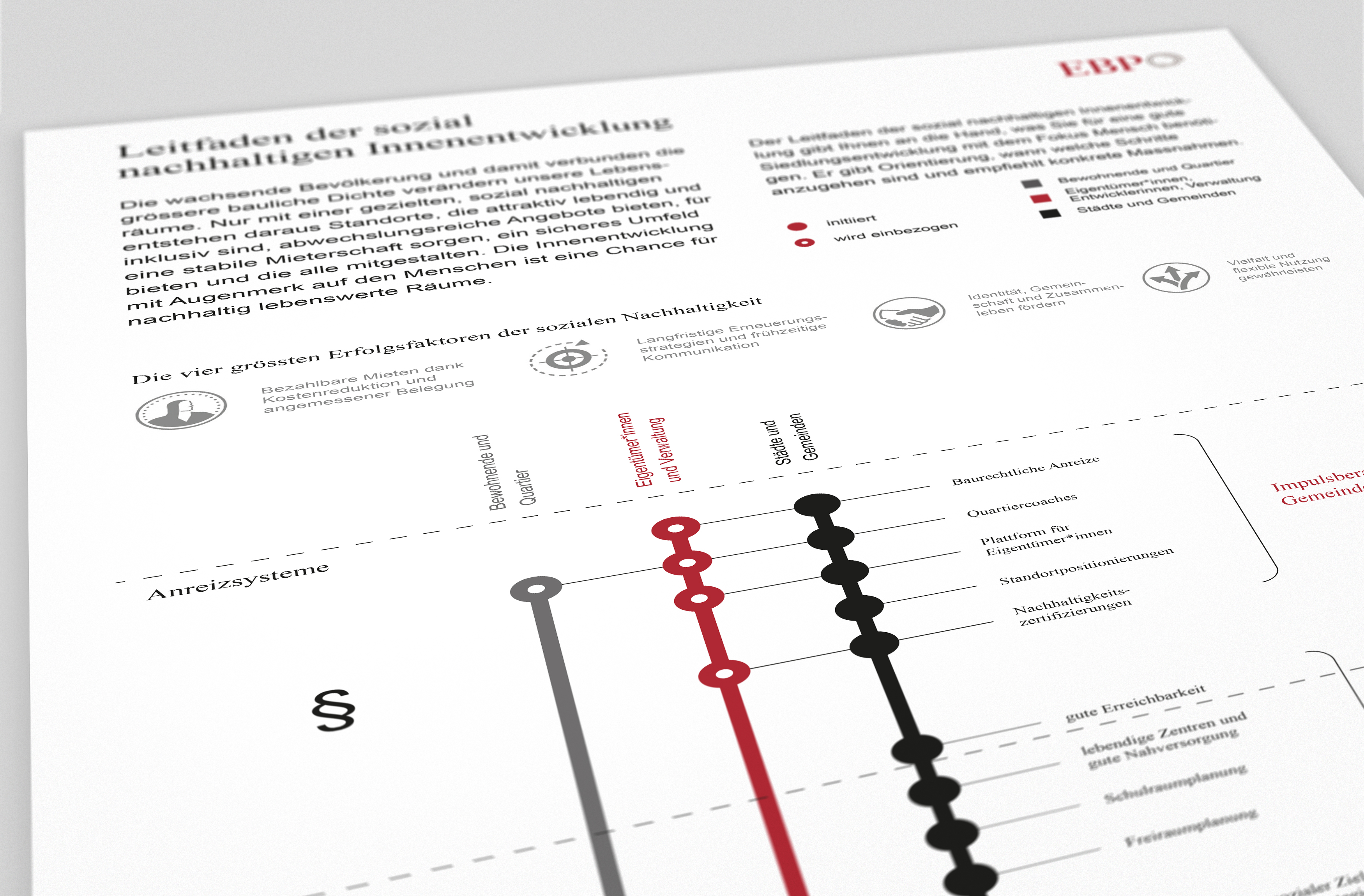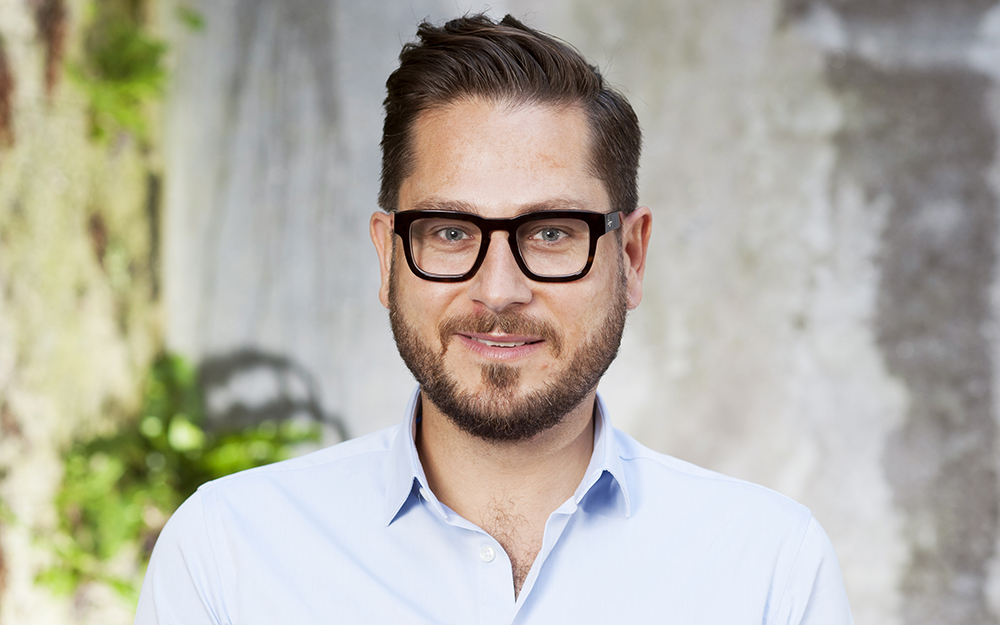All-stakeholder approach to socially sustainable development
While the significance of urban consolidation as an approach to spatial development continues to grow, it is less clear what can be done to ensure socially sustainable spatial development. In the interest of finding answers, our interdisciplinary team organized a workshop to solicit the opinions of a wide range of industry experts. In the framework of an innovation project, the team then used its findings to draft a guideline for socially sustainable spatial development.
Switzerland’s population is growing. This is especially the case in the country’s urban centers. According to forecasts issued by the Swiss Federal Statistical Office (FSO), the country’s population will increase by 20 percent over the next thirty years, with some cities expected to see growth of nearly 30 percent in the same period. These increases and the associated increase in population density will have a significant impact on the country’s cities and towns. If they are to remain vibrant, attractive, safe, and affordable places to live, much attention will have to be given to securing socially sustainable development. This contrasts with what we have seen so far. Although many administrators and industry experts are aware of appropriate measures, a reluctance to actually implement them persists. By way of justification, the decision makers cite added costs, uncertain long-term impact and profitability, and the lack of adequate incentivization programs.

“Early-stage communication is essential.”
Our interdisciplinary team approached its task by inviting representatives of the following organizations to participate in a workshop: the Swiss Federal Housing Office; the city of Dietikon; the Zurich Office of Urban Development; the Raiffeisen Pension Fund; the Halter AG real-estate company; the Mobimo Management AG real-estate company; the Zurich Allgemeine housing cooperative, the “Wir sind Stadtgarten” housing cooperative, and the Swiss Renters Association. The questions addressed at the workshop included: What sort of incentives can be given to private real-estate developers? What needs to be considered when planning for shared space? When is the right time to notify tenants of upcoming changes? What can we do to design sites and districts for long-term social sustainability? All of the workshop participants quickly agreed that early-stage communication among cities, municipalities, property owners, developers, residents, and district representatives is essential.

What measures at what point in time?
“Social sustainability must be baked in from the beginning.”
In a boost camp, our interdisciplinary team compiled the workshop findings and used them as a basis for drafting a guideline for socially sustainable urban consolidation. The guideline provides a structure for the various measures. It draws together the tools of social sustainability and connects these to incentivization systems that cover all of the relevant phases, from project development to the renovation of existing or construction of replacement buildings. The guideline takes account of three different perspectives so that policymakers, developers, and tenants can quickly locate and make use of the information that is most relevant to them. If all stakeholders do their part in projects that are well-coordinated from the ideation phase, then we will reliably create buildings and neighborhoods that distinguish themselves in terms of their affordability, community orientation, diversity, and reliable access to key infrastructure.
Let’s do it together! We’re delighted to advise and support our clients in finding tailormade solutions.

Project team

laura.fischer@ebp.ch
